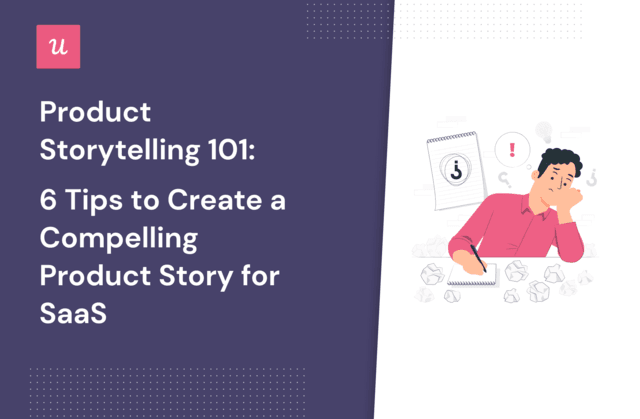
Product Storytelling 101: 6 Tips To Create a Compelling Product Story for SaaS
Did you know that product storytelling increases the chances of your product being remembered by 2200%?
Customers are more likely to remember your product if you tell them a compelling story. But as a product manager, creating a story that will capture a customer’s attention might not be in your wheelhouse.
Throughout this article, we will discuss the what, why, and how of storytelling. In addition, we’ll look at six tips to help you create a compelling product story. Ready? Let’s get started!
Try Userpilot Now
See Why 1,000+ Teams Choose Userpilot

What is product storytelling?
Product storytelling is a system of communicating value to an audience via a chosen narrative.
It narrates why you developed the product, the challenges you faced, and how it has improved the lives of your customers.
Product storytelling vs. user story
Is product storytelling the same thing as a user story?
True, they are both products of the story mapping done by a product manager to align teams and stakeholders during the product development process. But the similarities end there.
A user story is an informal explanation of a software feature or functionality written from the end user’s perspective. A user story should be created for every product feature and is a critical component of the agile development process.
Product storytelling takes these stories beyond the simple goal of developing a product roadmap. It extends the stories into a narrative that communicates the product’s value to the customer.
Product storytelling vs. brand storytelling
A more similar concept to the concept of the product story is the brand story. While often used interchangeably, there are differences between them.
- Product storytelling: As you already know, this involves telling a compelling story about a product. This offers a much better way to communicate the benefits of a product than a feature list could.
- Brand storytelling: The brand story has a similar purpose to the product story, but it emphasizes the human element of the brand. The idea behind the business and what distinguishes it from competitors is the central focus of this presentation. A brand story can make your business more relatable, thus making it easier to gain loyal customers.
What is the mission of product storytelling?
The goal of any effective product story is to instill a passion for the product in the development team and help the customer develop an emotional connection with the product.
Simon Sinek famously noted: “People don’t buy what you do. They buy why you do it.” With that in mind, good storytelling techniques communicate the product’s “why” and “how.”
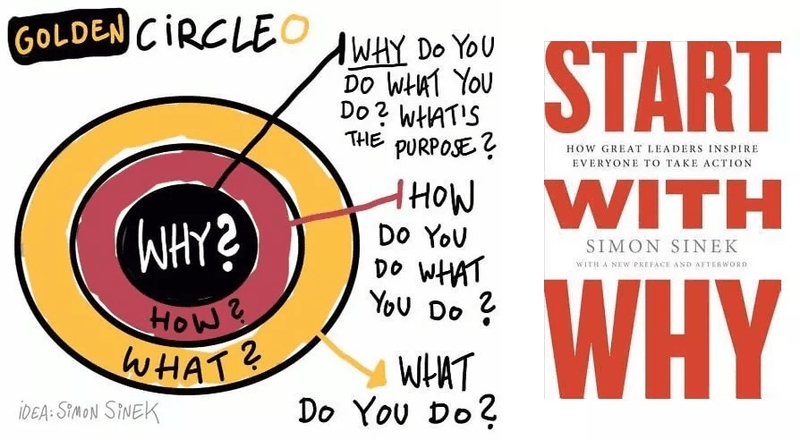
Explain the product vision
The product vision constitutes the product’s why. It is the overarching goal/mission of the product – which guides everyone involved in the product’s development process, including its developers, marketing team, product team, etc. to a shared objective.
The product vision defines what the product hopes to achieve and where it is going. Ultimately, it sets your product apart from other similar products in the market and helps your customers stay loyal to your product.
Narrate the product strategy
The product strategy constitutes the how of your product. This part of the product story discusses how the product came to life, what it hopes to achieve, and how it plans on achieving it.
A good story should identify the product’s target customer and how they can get the most out of it.
6 Tips to creating a compelling product story
You can create a good product story, even if you aren’t naturally a good storyteller. Here are 6 key steps to do that.
Ask for feedback and learn why customers buy your product
To create a compelling story for your product, you must understand your customers. The key to gaining this understanding is proper communication.
Engage with your customers to find out why they use your product. You can ask them questions like:
- What drives you to buy our product?
- How do you feel about the product?
- What led you to trust us?
Whereas you can use negative feedback to improve your service, you can also use positive feedback when crafting future product stories. Slack (below) provides a great example of how you can collect such feedback.
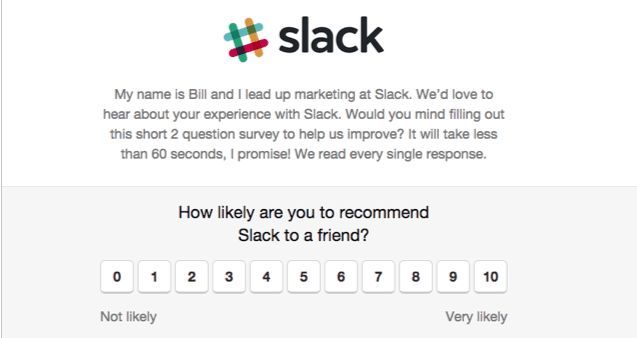
Define your buyer persona and core message
Your buyer persona is a semi-fictional character representing the ideal audience for your product. As seen below, the buyer persona should address everything about who the target is, their job role, and their need for the product:
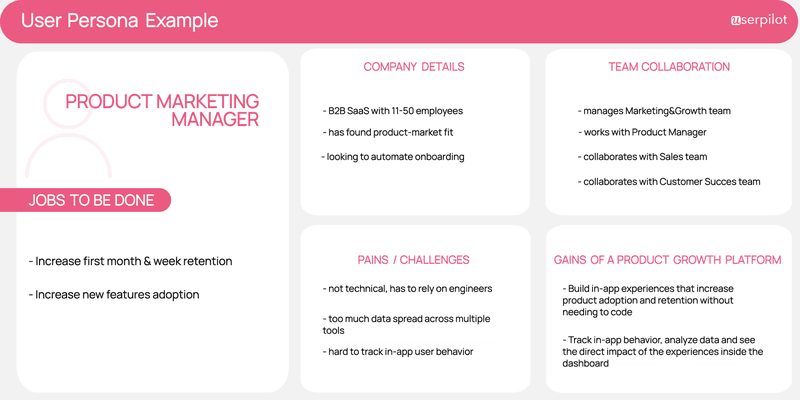
Understanding who this audience is will define your storytelling process and shape both the content and tone of your messaging. As a rule of thumb, this message shouldn’t be too professional. It should also be written in the user’s natural language.
Whether you’re writing a blog post or defining a marketing strategy, a core message is necessary. You define it by summarizing your user stories into a short message of 6-10 words.
If putting this message together is problematic, you may need to revisit your user stories. For instance, this message which was addressed to London’s generation X by Spotify:
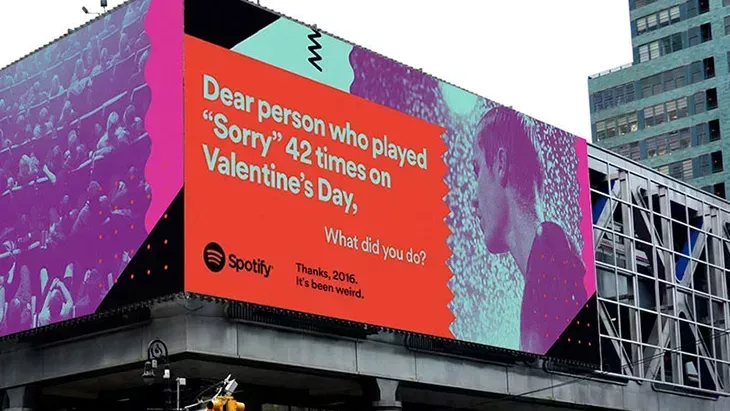
Be the problem solver for your target audience and drive urgency
A great product is an essential part of any product story. Your product story should indicate a complete understanding of your potential customers, their pain points, and the best solution for them – your product.
Having captured the customer’s attention, proceed to highlight the positive impact of your product on the user’s problem. Create an urgency in them that drives their anticipation for the professional and personal rewards your product promises.
For this to work, your product should address each pain point identified for your customers.
For example, Tolstoy, an interactive video creation tool, addresses one critical pain point – having to design a video from scratch. Everything from Tolstoy’s tone of voice to its interactive product walkthrough tells a story about the product (interactively building interactive videos).
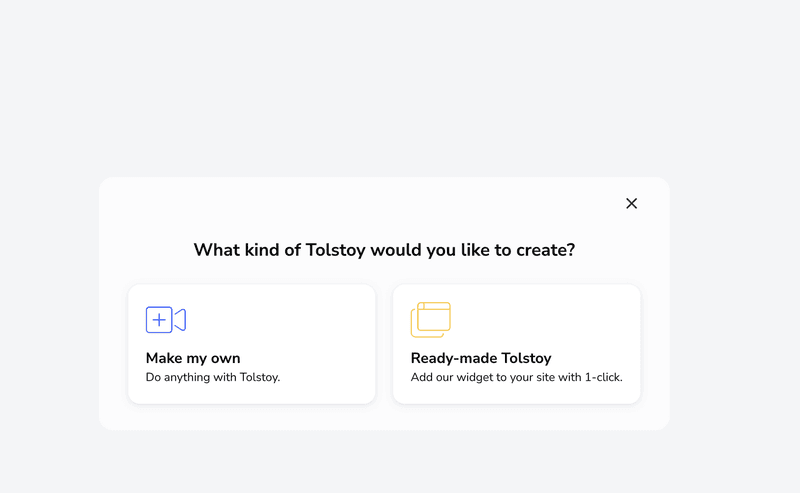
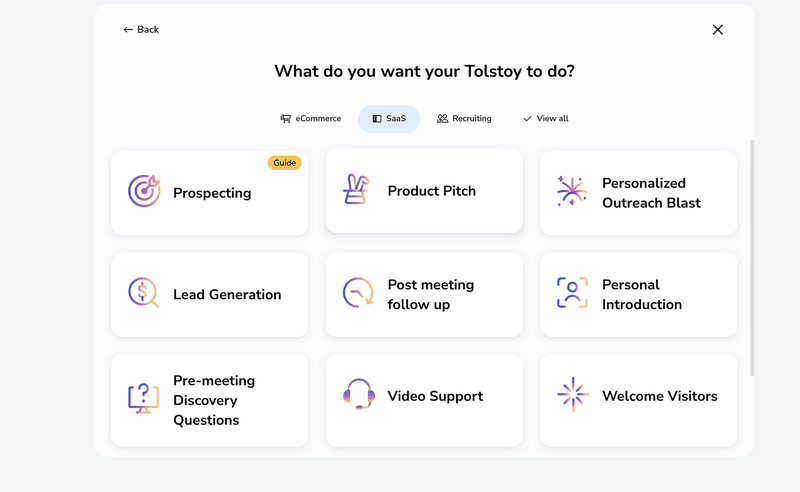
Create emphasis and make the product story relatable
What do great movies and novels have in common? A kick-ass, emotional story that hooks the viewer/reader and gets them engrossed.
Good stories deepen understanding of a subject and make an idea more relatable. The more relatable the story is, the deeper the emotional response invoked.
This means that your product story should include emotional designs and human interactions that stimulate empathy in the target audience.
Going back to the Tolstoy example, can you spot how the app includes human interaction as part of its onboarding process?
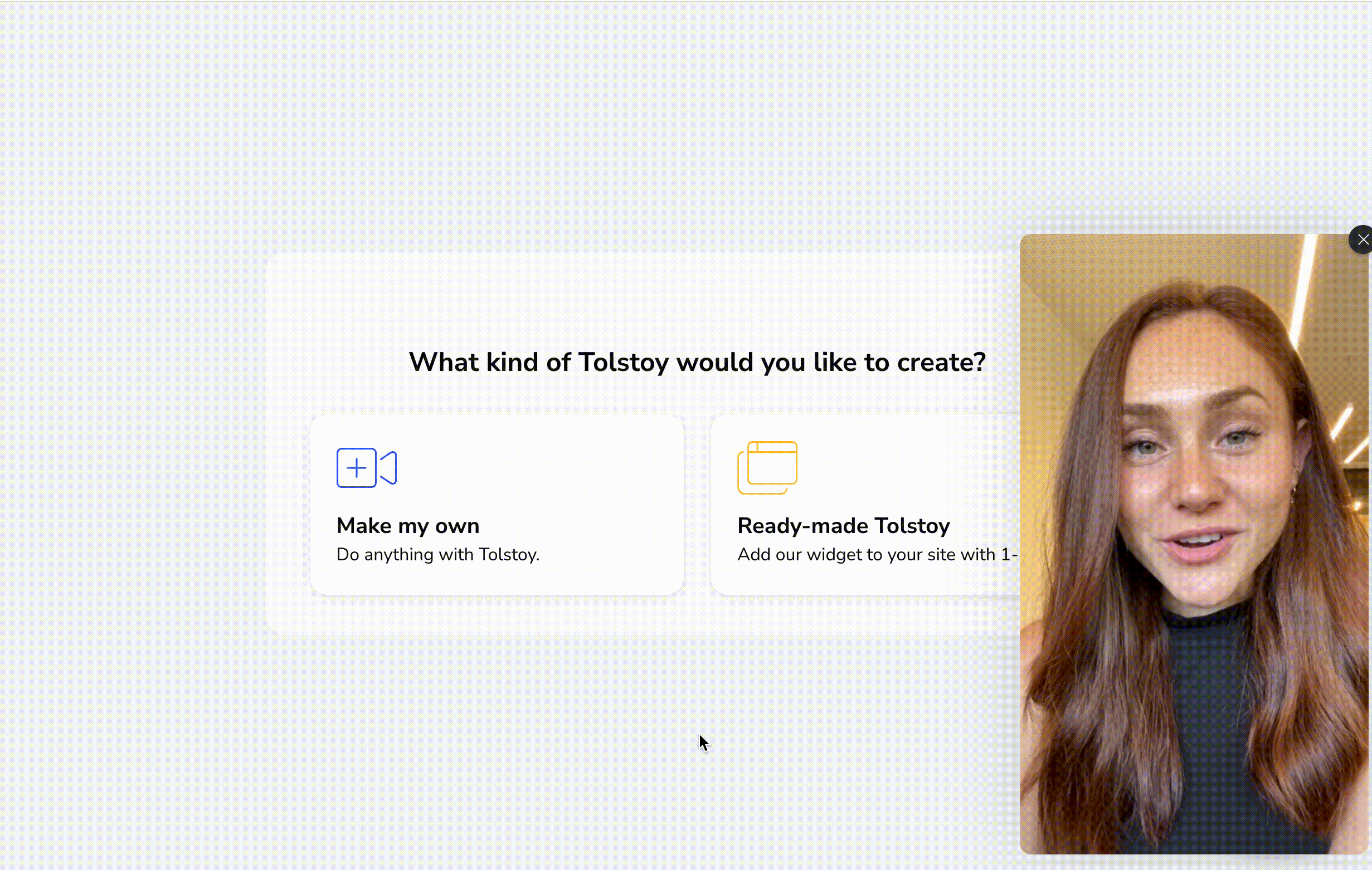
Choose the story medium and craft your messaging
Thanks to today’s technological advancements, there are different ways to share your product story.
Your story’s medium should be selected based on the kind of story you are telling, your target audience needs, as well as other factors like your budget.
Ultimately, the story can be distilled in any of the following formats:
- In-app: In the form of modals, tooltips, checklists, banners, and any other in-app UI patterns that tell the product story with in-app communication.
- Mobile: Mobile SDK allows you to extend this in-app communication directly to your mobile audience using targeted onboarding flows, slideouts, and push notifications.
- Texts: The most popular form of content marketing today, texts are easy to put down and disseminate. Everything from blogs to eBooks and even newsletters fall into this category.
- Audio: The audio takes advantage of the human voice to deliver the product story. This time, though, the speeches are pre-recorded and can be listened to at any time.
- Digital: The digital delivery medium takes advantage of every available media format, from animation to video marketing, gamification, and interactivity. It is considered the most effective medium of all and is easy to integrate into existing applications.
Asana’s use of celebration monsters provides an example of how gamification can improve interactivity and provide guidance right in-app:
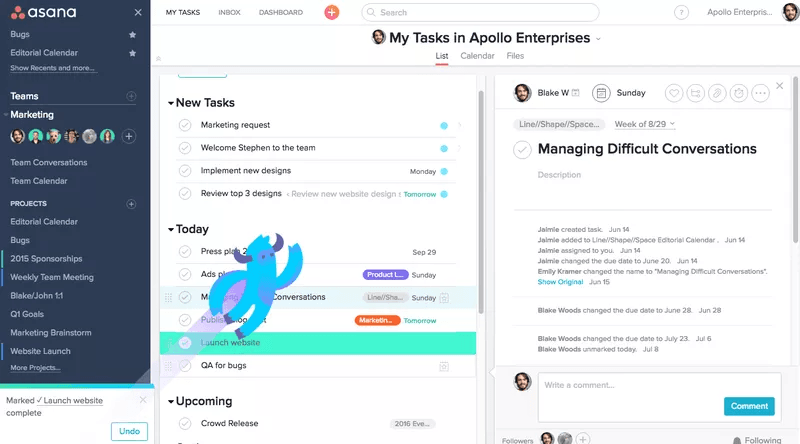
Include an appropriate CTA
Every messaging within your product story should contain an appropriate call-to-action (CTA). A CTA clarifies what action your audience must take in response to your message.
For instance, you may want your audience to sign-up for a free trial, test out a new feature, or sign-up for a webinar. A CTA highlights it and motivates the user to take the desired action.
Note that a good CTA must also adhere to your brand personality. It should match the voice tone and style, interaction patterns, etc. of your brand messaging and product story. It also needs to be simple to understand and fulfill.
See how Kommunicate uses a checklist to make their simple CTAs even more compelling:
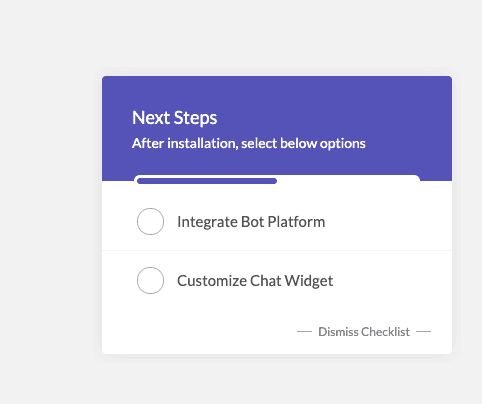
Product storytelling best practices
If you want your product story to be always effective, you should follow these best practices as a product manager:
1. Don’t focus much on the product features
Your product’s most prominent feature may be tempting to make the center of your story, but your users – not your features – are the heroes of your story.
Avoid making a long list of all the features your product possesses. Your users may get lost in such lists without fully grasping why it benefits them. Long lists also make your product story appear too salesy which can be very off-putting.
It is important to focus on the problems your product helps customers solve and why it is valuable. In addition, if you want your users to learn about your product’s features, you can use an engaging checklist such as this one from Loom:
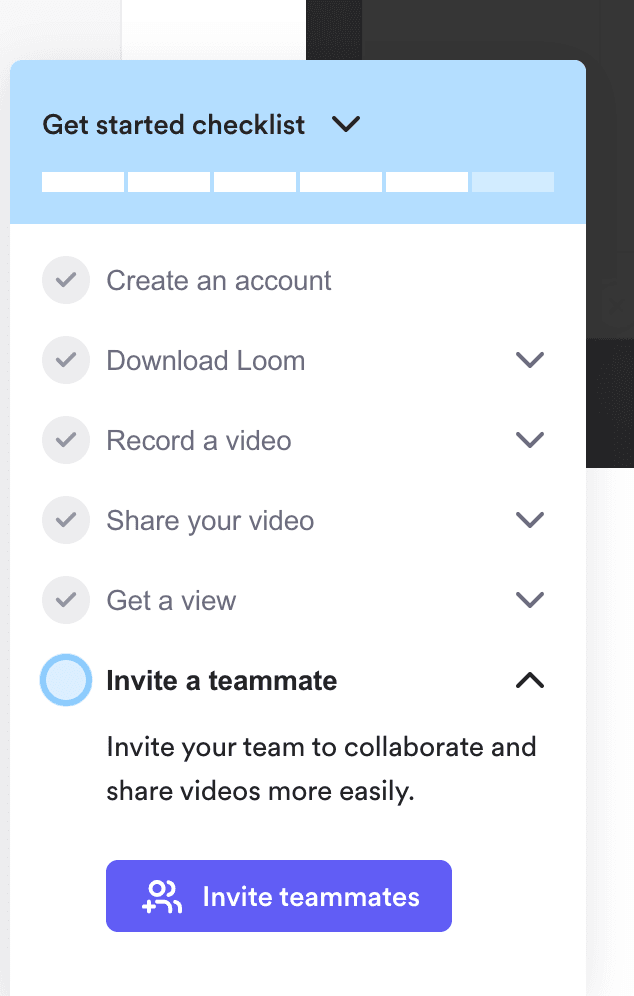
2. Don’t include too much technical data
Avoid inundating your potential customers with incomprehensible technical information. Although data may be good for your investors, your customers (regardless of their technical backgrounds) only want to learn how your product helps them.
Your product story should be simple and persuasive. It should engage the user and persuade them to try your product. Let’s look at this example from Notion. They offer help but it doesn’t look like a technical documentation page:
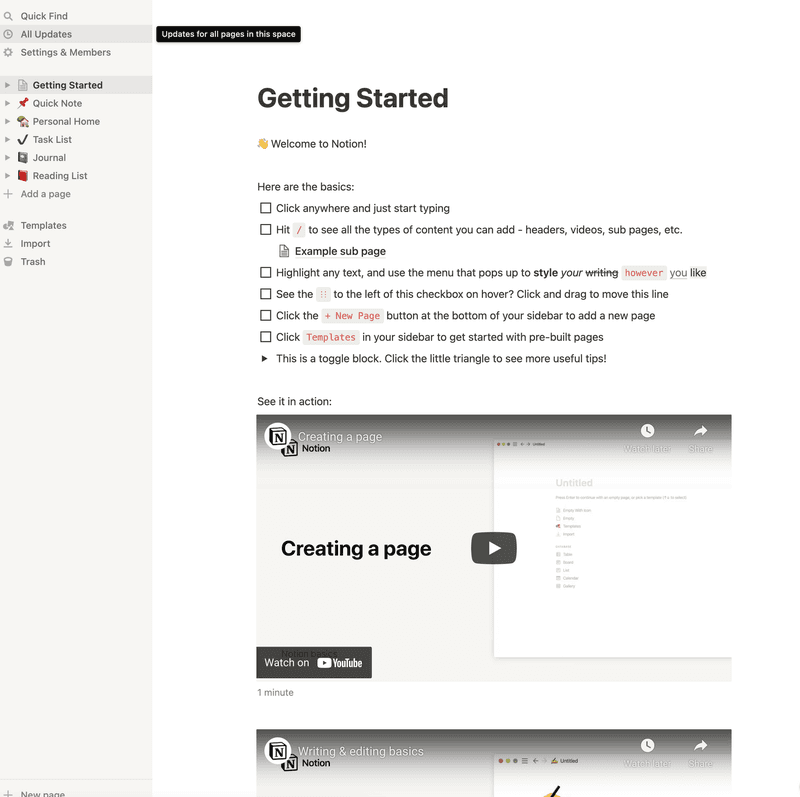
3. Keep the narrative conversational and short
Keep it simple. Really simple.
Your writing should be natural and conversational. Ensure users consistently feel like they’re speaking with a human who’s there to help. To achieve this goal, you should:
- Write the way you talk. Naturally.
- Keep all words, paragraphs, and sentences short.
- Avoid technical jargon.
- Use simple language for the most complex feature.
See how Slack applies these principles when introducing new features within their app:
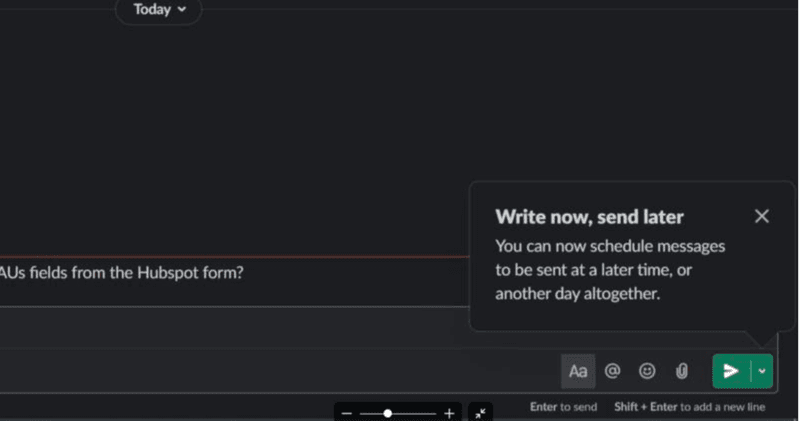
4. Stick with the same story and make it a legend
Curating a linked experience for users is one way to ensure they buy into your story.
Use the same language style and image/video template to ensure your story is consistent across the board, whether you’re announcing a new feature launch, providing tips via an in-app modal, or creating an interactive tour for users.
Take advantage of omnichannel marketing to ensure your users enjoy an interconnected experience across all marketing channels.
Product storytelling examples in SaaS
Finally, consider two examples of great products that have incorporated great storytelling into their marketing campaigns:
MailChimp
As a SaaS professional; you probably know about MailChimp. Known primarily as a tool for managing mailing lists, MailChimp is a comprehensive marketing, automation, and email marketing platform.
For its product story, MailChimp positions itself as a creative platform created for creatives. During one of its most memorable campaigns ever, it showcased this creativity through the use of multiple plays on its name.
Asana
Asana’s product story focuses on organization, simplicity, and collaboration.
It strongly incorporates the principles of simplicity and uniformity into its story, using the same design for different purposes. For instance, you’d find hints presented using a purple-colored modal.
Likewise, it incorporates every color used across the application (for hints, updates, tags, etc.) into the celebration monster they created to encourage collaboration.
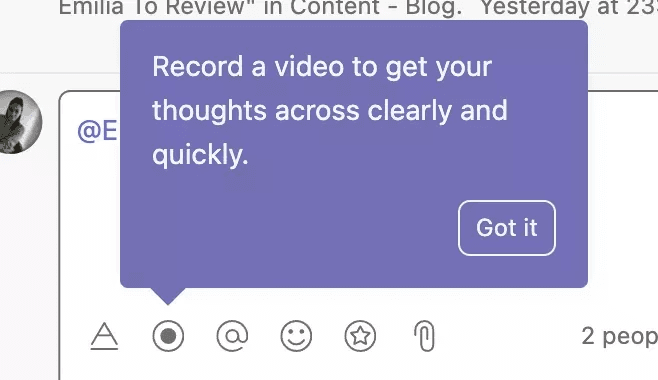
Conclusion
Great product stories are simple and relatable, directly addressing a customer’s pain point and explaining how the product solves the issue. Remember that the product story ties into the overall product experience.
You always want to make sure the story you tell about your product helps customers choose you and your business over the competition.
To learn how Userpilot can help you curate the ideal product experience for your users, get a Userpilot Demo today to get started.






